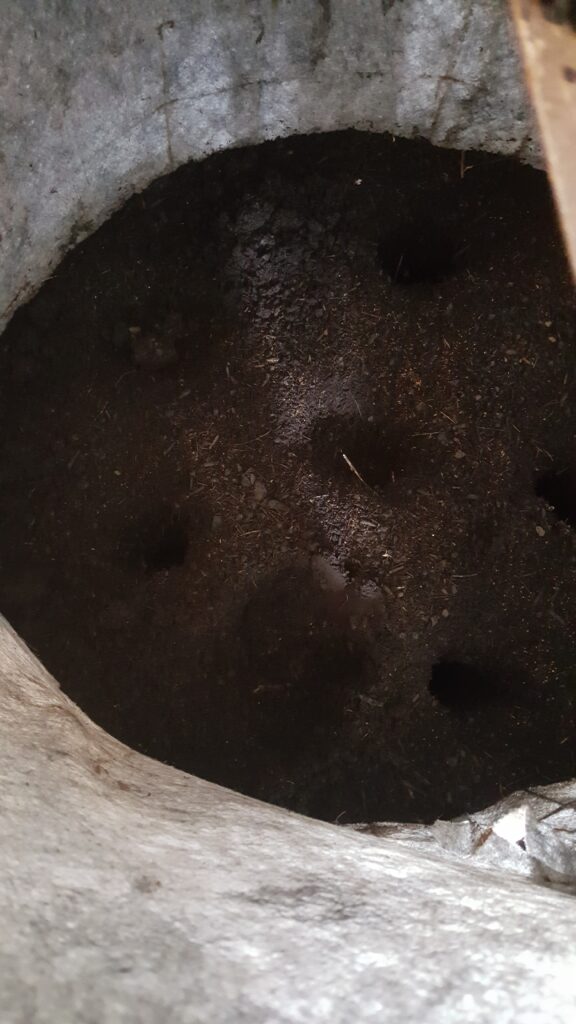In the realm of regenerative agriculture, where the symphony of soil health plays a crucial role, the Johnson-Su Bioreactor (JSB) stands as a conductor orchestrating a harmonious blend of signals, DNA dynamics, and reduced inputs. This innovative composting method, pioneered by Dr. David Johnson and Dr. Hui-Chun Su, transcends the conventional understanding of compost as mere biology, delving into a holistic approach that embraces the intricate dance of nature.
Unraveling the Complexity of Signals and Metabolites
At the heart of the JSB method lies the generation of signals and metabolites, often overlooked in traditional composting practices. These signaling compounds are not only the language of microbial communication but also the key to unlocking the full potential of soil health. The JSB, with its carefully crafted mix of organic inputs, sets the stage for a diverse microbial community to produce an orchestra of secondary metabolites.
These metabolites, or the “whispers” of the microbial world, serve as messengers that convey essential information to plants. From disease resistance to nutrient availability, these signals play a pivotal role in shaping the plant’s response to its environment. The JSB method, with its focus on diversity and optimal conditions, ensures the production of a rich symphony of signals that reverberate through the soil.
DNA Dynamics: The Language of Adaptation
Beyond the realm of conventional composting, the JSB introduces a dynamic narrative of DNA transfer and expression. The composting process becomes a stage where genetic material is exchanged and adapted, akin to a genetic conversation between microbes. This dynamic exchange sets the foundation for resilient and adaptable soil life.
As the JSB approaches its finishing stages, a fascinating event unfolds. Reduced food sources prompt fungi to sporulate, releasing spores into the compost. While some may see this as a conclusion, it’s a prelude to a new chapter. By understanding this process, practitioners can capitalize on the fungal spores’ ability to jump-start colonization when applied to the fields. The result is a rich network of mycorrhizal associations, crucial for nutrient uptake and enhanced plant resilience.
Reduced Inputs: Paving the Way for Nature’s Expression

One of the remarkable outcomes of the JSB method is its ability to reduce inputs without compromising agricultural productivity. The reduced inputs, especially in phosphorus and nitrogen, challenge the traditional norms of farming. By providing an environment rich in signals and a diverse microbial community, the JSB sets the stage for nature to express itself forward.
In dry farming conditions, where reliance on the rhizophagy cycle is paramount, the JSB method aligns perfectly. It nurtures a balanced ecosystem where plants and microbes engage in a mutually beneficial dance. In irrigated fields, the JSB method elevates trophic levels, creating an environment where the intricacies of the soil food web flourish.
A Symphony for Regenerative Agriculture
In essence, the JSB is not merely a composting method; it’s a symphony that reverberates through the soil, weaving a narrative of adaptation, reduced inputs, and signals that harmonize with nature’s rhythms. As practitioners embrace this holistic approach, they embark on a journey where the simplicity of reduced inputs meets the complexity of signals and DNA dynamics, ultimately leading to regenerative and sustainable agriculture.
The JSB, with its commitment to diversity and ecological balance, invites farmers to not only cultivate crops but also to conduct a symphony in the soil—a symphony that holds the promise of a thriving and resilient agricultural future.